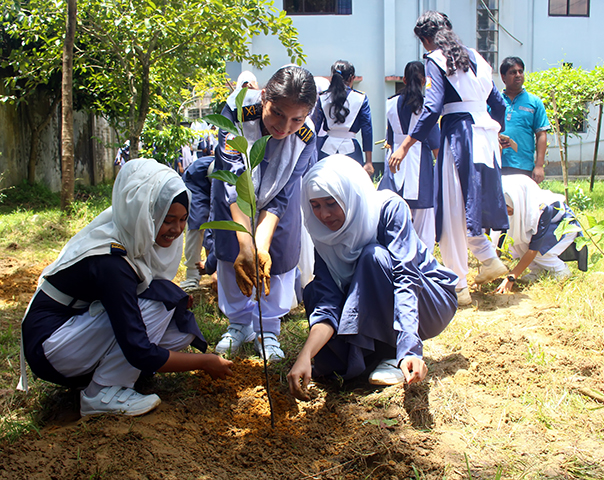The Impact of Productive Assets and Training on Child Labor in the Philippines
Around the world, 152 million children are engaged in child labor. Because poverty is thought to be the root cause of child labor, policymakers have aimed to reduce child labor by improving the economic welfare of poor households where children are engaged in child labor. In the Philippines, researchers partnered with the Philippine Department of Labor and Employment (DOLE) to conduct a randomized evaluation of the impact of a program that provided a one-time productive asset transfer of PHP 10,000 (equivalent to US$518) on economic well-being and child labor outcomes.
Key Findings
Approximately 15 months after the program started:
- The assets increased household business activity, both fostering new activities and helping older business activities persist.
- The program increased food security and improved some measures of child welfare, including children’s life satisfaction.
- The program had a positive rate of return on family-firm generated income.
- However, the program also led to an increase in child employment for children who had not worked before.
- The increase in child employment appears to be driven by the increase in work opportunities brought on by the family businesses.
- The results support productive asset livelihoods promotion as a poverty alleviation strategy in poor families with child labor present, but cast doubt on the approach as a way to eradicate child labor, at least in this context.











